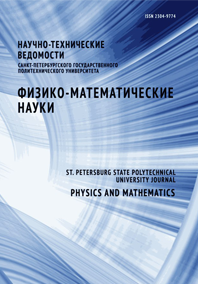Crystallization of robotic swarms in a parabolic potential
Large ensembles of particles converting their internal energy resources into mechanical motion form a class of systems denoted as active matter. Such systems demonstrate a wide range of interesting phenomena, including self-organization and phase transitions emerging in biological and artificial active matter. One of the popular platforms for experimental realization of such systems are swarms of simple moving robots. In the present work, we consider a swarm of self-propelled robots with a stadium-like shape placed in a parabolic potential and address the dynamics of crystallization in this non-equilibrium system. To quantify the formation of hexagonal crystals, we evaluate the average cluster size and six-fold parameter characterizing the hexatic ordering directly from the experimental data.


